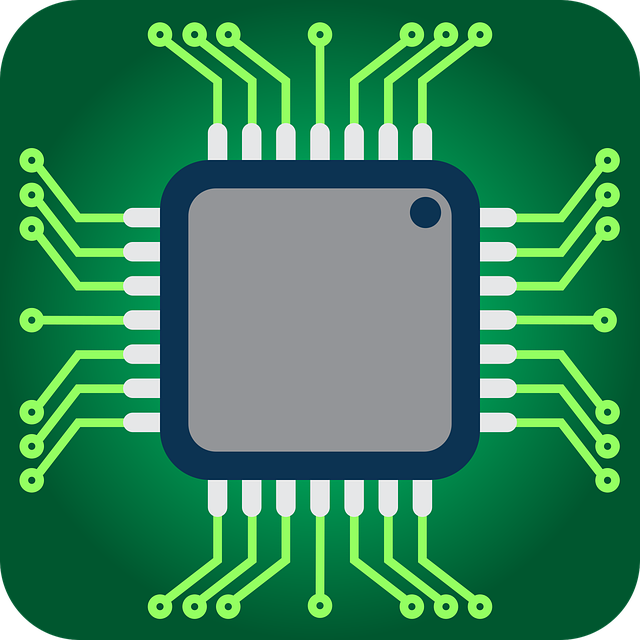Hobbyist/DIY guy in a garage. I use Linux. I have briefly tested Eagle and a couple circuit design apps but didn’t like anything about any of them, did not spend sufficient time with them either, though. Eagle is going away? Any recommended apps for designing pcb and/or services? I am also open to more artisinal methods. What direction should I point my momentum? Not afraid to try things out but also not wanting to waste time. I have been breadboarding for a minute, learned to solder, benn making some pcb gadgets and think I am ready. Thank you. (Pic is audio mixer with two NE5532 and LM386)


The toner transfer method would be I think the most DIY method you can use. Make your pcbs entirely by yourself at home.
Naturally wont give you as professional a result: no silkscreen, limited to 2-layer pcbs (2 sides of a copper plate).
But it is a lot faster that having it manufactured (takes me like 1 hour for a pcb) and maybe this is debatable but it makes me feel like I have more room to make mistakes.
I am open to try this because it appeals to my sensibility. Do you have any advice to get started because I am interested and will try this if it is feasible in my garage environment? I am serious. What are the minimum materials needed/must-have requirements? I am down for this shit.
I have a laser jet printer, what kind of ventilation are we talking for the chemical? I have fume extractor on my soldering station,
Definitely look up a how to. It’s been 15 years since I did this, but you’ll need some photo paper to print the toner on, then use a towel and iron to transfer it to the copper clad cob. Then soak it in some FeCl for 15ish minutes. I just did this outside since it was so quick. Then like a small dremel with pcb sized bits works great for throughholes.
Awesome, yes can just do the chemical outside if volume is small and time is fast. I see there a number of how to, thank you for the inspiration, I will be trying this for sure.
I’m not sure which how-to’s you’ve come across, but my wanderings led me to this guy, who seems to have a very comprehensive video.
Thank you, will check this out.
This is a fine approach too. Just be aware that most modern mcu would be a hell to mount on DIY. Also, this works on literally any paper with super bold print setting.
I would recommend trying copper-based etch, it’s easier to work with than FeCl3 (it’s transparent, to begin with, and not as corrosive to other stuff). Edit: remember to wear goggles, all these things really destroy eyes on splash. Wash eyes for at least 15 minutes with running water if got it there.
Also, I’ve heard some dudes made really nice stencils for paste with some cheap hobby blade CNC tools on cardboard, there are models that have orders of mad higher precision than advertized. Never tried this myself though, lazer cut stainless steel plates from factory are just soooo good (and also a source of high quality steel in a workshop when you don’t need them anymore, they make perfect wood scrapers and such)
Other than what others have suggested:
I dont think theres much more to add, its quite a simple process. Have fun :)
On single sided PCBs, you can do a toner transfer on the component side for a silkscreen. You can apply solder mask too, but it’s a rather messy process.